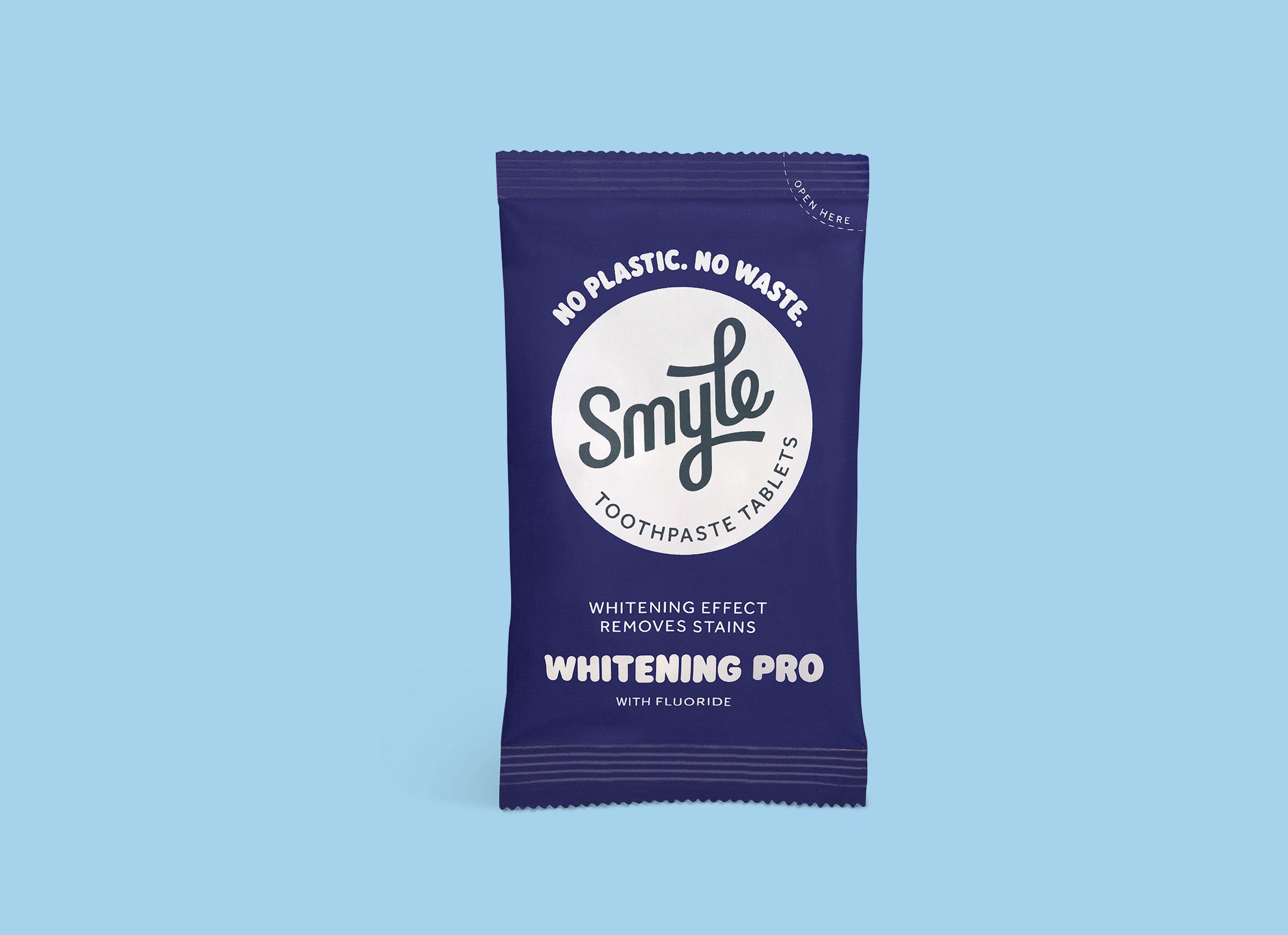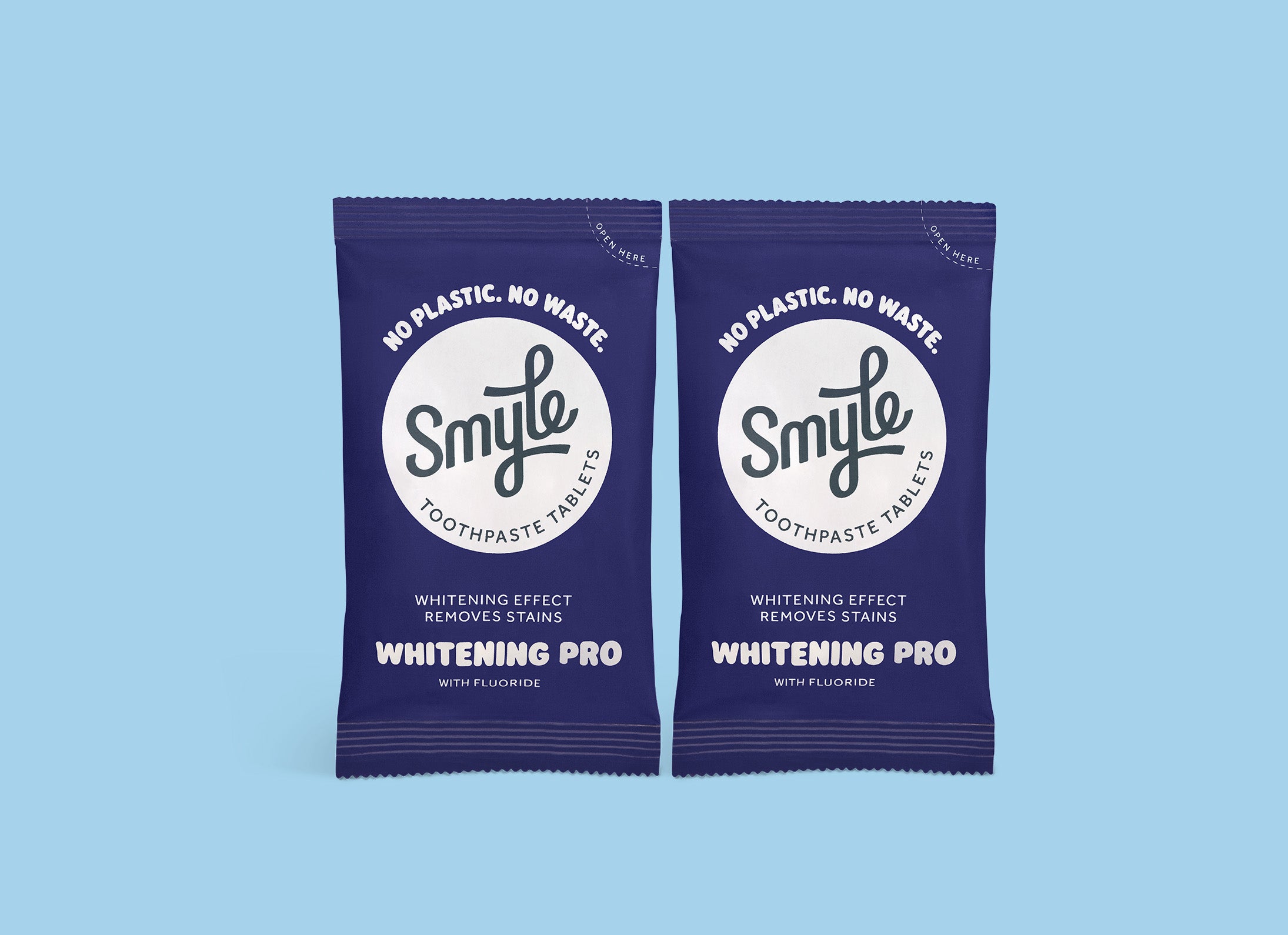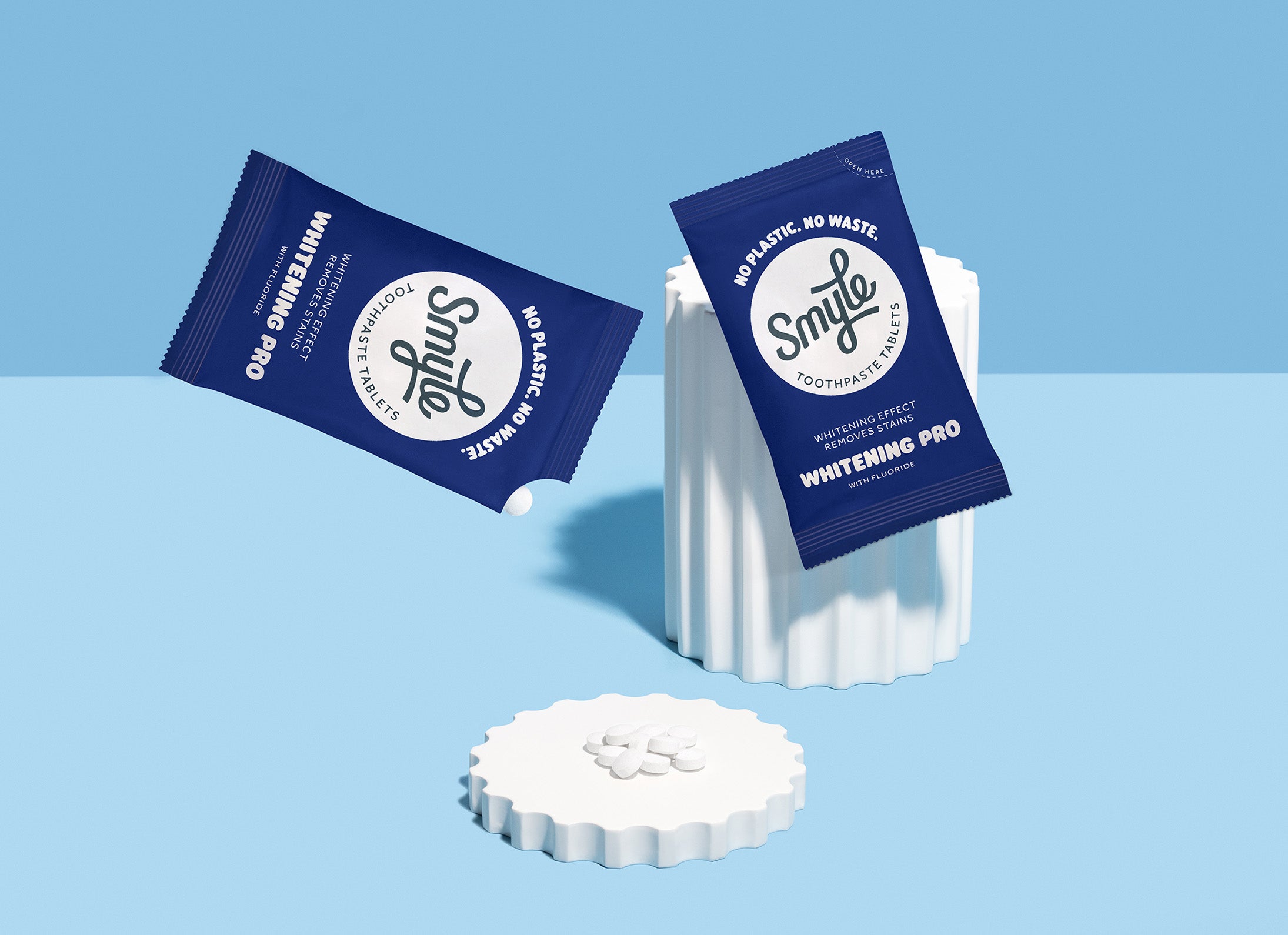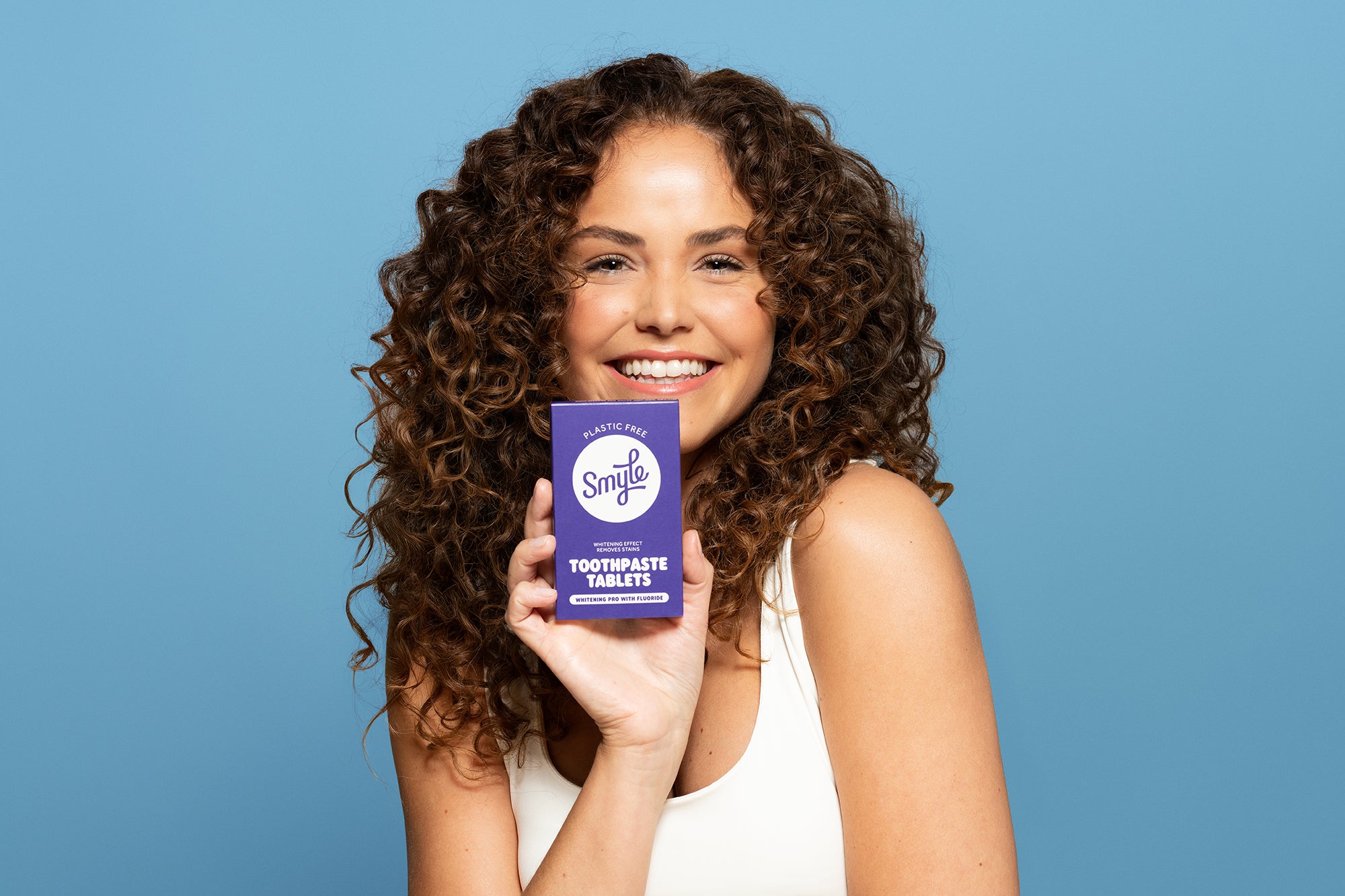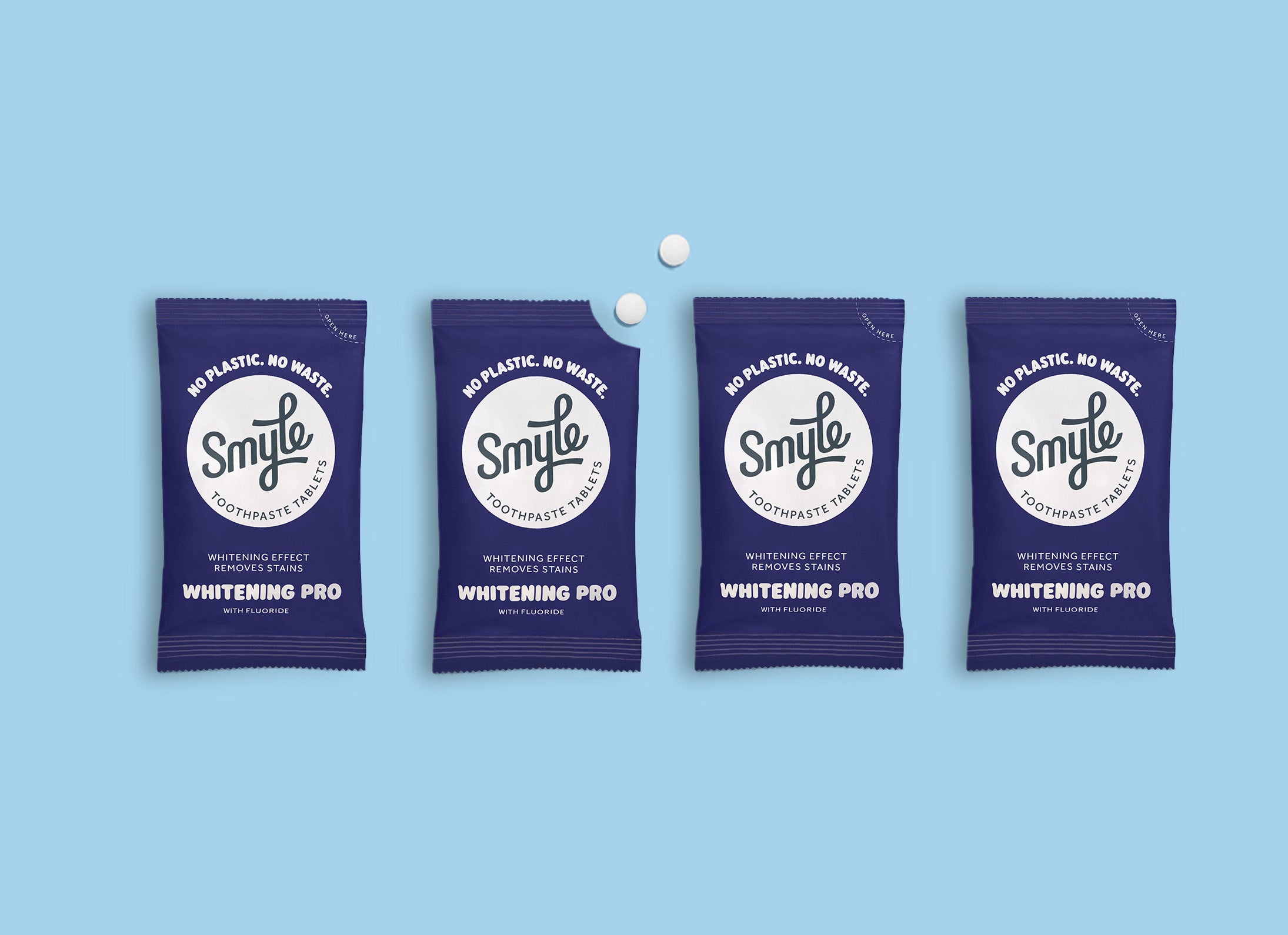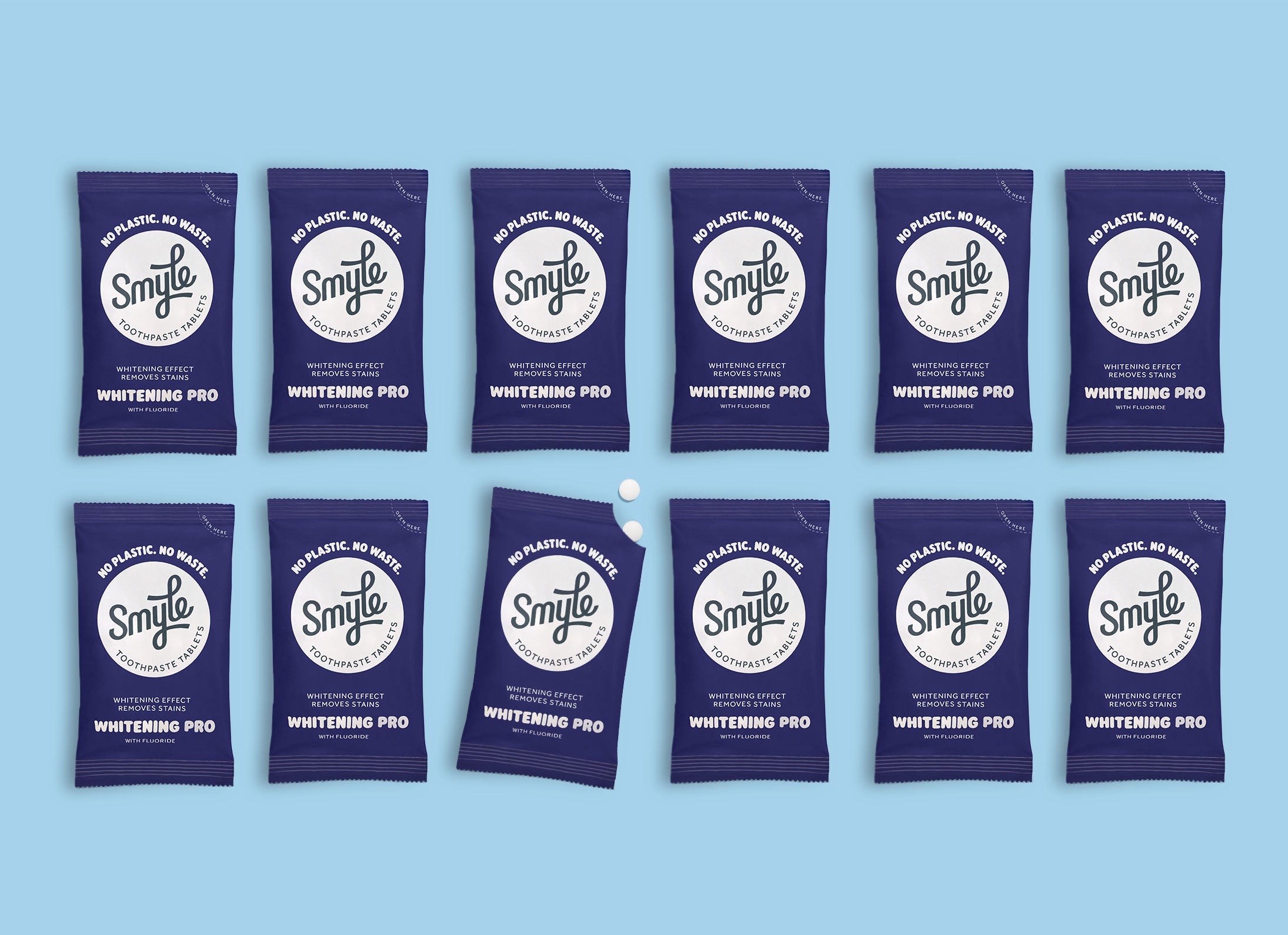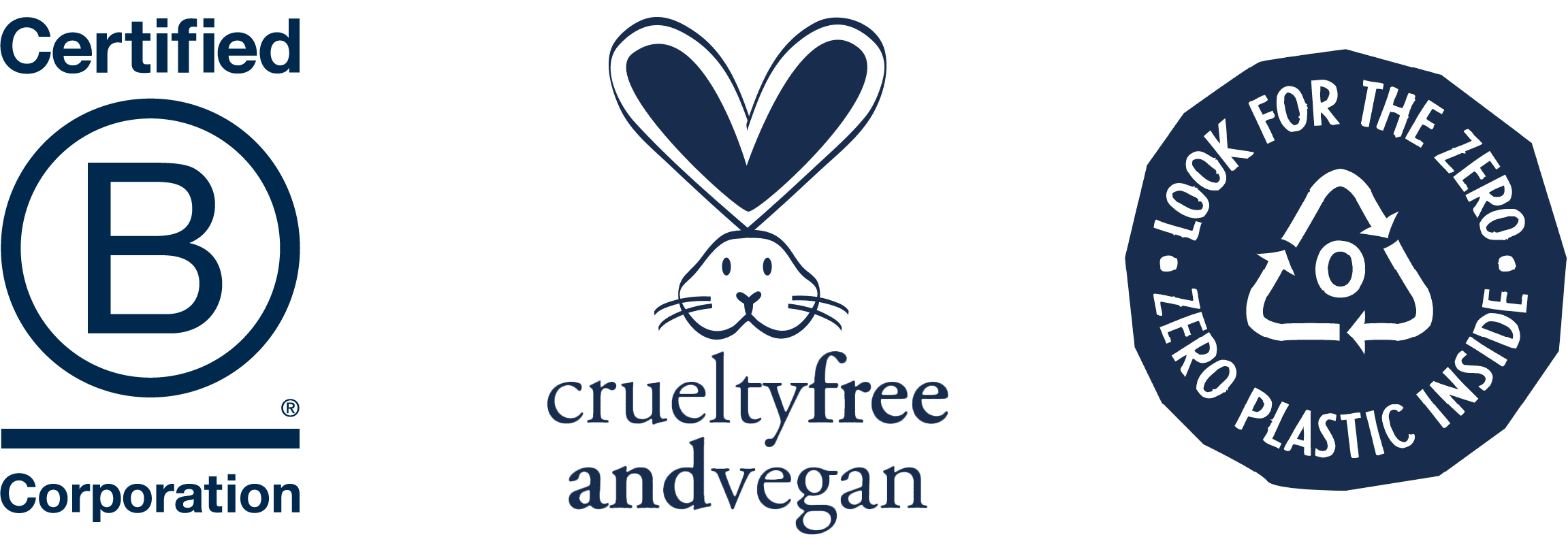
It’s not a pleasant sight, but loads of plastic waste like the one pictured above wash up daily on beaches all around the world. This type of plastic pollution brings with it another major issue: microplastics. In this blog, you’ll learn the uncomfortable truth about plastic waste and the presence of microplastics in toothpaste and cosmetics.
The Problem Called Plastic
Modern humans use plastic every single day. When we go grocery shopping, we still too often use plastic bags. Thirsty during a hike? Most of us pull a plastic water bottle from our backpack. Sitting on a terrace? Our bottle of cola is still regularly served with a plastic straw. The list goes on, but you get the point: plastic is still inescapable, even though we’re becoming more aware of how harmful it is. The problem of plastic is pervasive. But did you know that microplastics—a particularly harmful form of plastic—are also found in everyday products like toothpaste?
The Unexpected Presence of Microplastics in Cosmetics
You might think that cosmetic products are an exception in this plastic-dominated world. Unfortunately, that’s not the case. Recent research by the Plastic Soup Foundation reveals that 87% of cosmetic products contain microplastics. These are often referred to as “microbeads” and are usually so tiny that they’re invisible to the naked eye. These plastics wash down our drains, end up in the oceans, and ultimately infiltrate our food chain—posing a threat to both the environment and our health.
MICROPLASTICS: A GLOBAL PROBLEM
The problem of microplastics is everywhere: in our food, our bloodstream, and even in the most remote corners of the planet, like the Arctic. Scientists across disciplines are raising serious concerns—especially about the irreversible nature of the problem. Plastic takes hundreds of years to decompose and can do significant damage in the meantime. This means the plastic produced when you were a child is still roaming the Earth—unless it was burned, which introduces a whole new set of issues. Things must and can be different! That’s why the Plastic Soup Foundation is calling on manufacturers to stop using microbeads in their products.
Microplastics in Toothpaste: A Disturbing Fact
The Plastic Soup Foundation, a non-profit committed to reducing plastic pollution (especially in the ocean), published a study on August 20, 2020, investigating the presence of microplastics in cosmetics—including toothpaste. You might have thought that microplastics in toothpaste were a thing of the past, especially since many producers had promised to address the issue. But sadly... despite those promises, many brands still haven’t replaced this harmful ingredient.
Why? Economic reasons. The presence of microplastics in toothpaste is particularly troubling because most people use it daily. And researchers found microplastics not only in toothpaste but in all cosmetic products they examined. It's now been almost two years since the article was published—a good moment to ask: Have major brands cleaned up their act?
Reality Check: Many Popular Toothpastes Still Contain Microplastics
With the Beat the Microbead app from the Plastic Soup Foundation, you can scan products to see whether they contain microplastics, which types, and how many. Back in 2020, these were the 10 most scanned / commonly used toothpastes containing microplastics:
-
Fresh Mint Toothpaste – Aquafresh
-
Cool Mint Toothpaste – Prodent
-
Toothpaste Classic – Zendium
-
Anti-Tartar Toothpaste – Prodent
-
Tartar Control 3-in-1 Toothpaste – Aquafresh
-
Fresh Gel Toothpaste – Prodent
-
Pro-Expert Intense Clean Toothpaste – Oral-B
-
Arctic Fresh Whitener Toothpaste – Prodent
-
Intense White Toothpaste – Aquafresh
-
Gentle Whitening Toothpaste – Sensodyne
All of these toothpastes are from major brands, which means the majority of people use one of them (unless you’re a loyal Smyle fan, of course). And two years after the PSF’s research, all of these toothpastes still contain microplastics! That means most people brush their teeth daily with microplastics.
But that’s just the top 10. How safe are these brands overall? These products are just a small fraction of their total offering. Let’s take a closer look:
-
Aquafresh: 27 out of 31 toothpastes contain microplastics.
-
Prodent: 11 out of 78 are safe, meaning 67 contain microplastics.
-
Zendium: 3 out of 31 are free of microplastics.
-
Sensodyne: 47 safe, but a shocking 179 toothpastes still contain them.
Fortunately, there are enough alternatives to these harmful options. But we must educate more people, share our knowledge, and help them make better choices.
The Fight Against Microplastics in Toothpaste Continues
Thankfully, alternatives to microplastic-containing toothpastes do exist. By becoming more conscious of our purchases and choosing sustainable products, we can all contribute to the solution. The Beat The Microbead app is a helpful tool to check if your favorite products are microplastic-free. If you want to be certain that your toothpaste is clean, consider brands like Smyle.
We must continue fighting against the presence of microplastics—not just in toothpaste, but across all products. This goes beyond mindful consumerism. For example, you can also sign the EU petition that aims to ban microplastics in cosmetics.
The Truth: There’s Still a Long Way to Go
While some brands are making progress toward eliminating microplastics from their products, most toothpastes on the market still contain these harmful particles. But with growing awareness and collective action, we can drive real change.
It’s time to protect our mouths, our health, and our planet. Choose microplastic-free toothpaste, like Smyle, and be part of the movement toward a healthier, more sustainable world. Let your voice be heard—join the fight against microplastics in our everyday products.



































